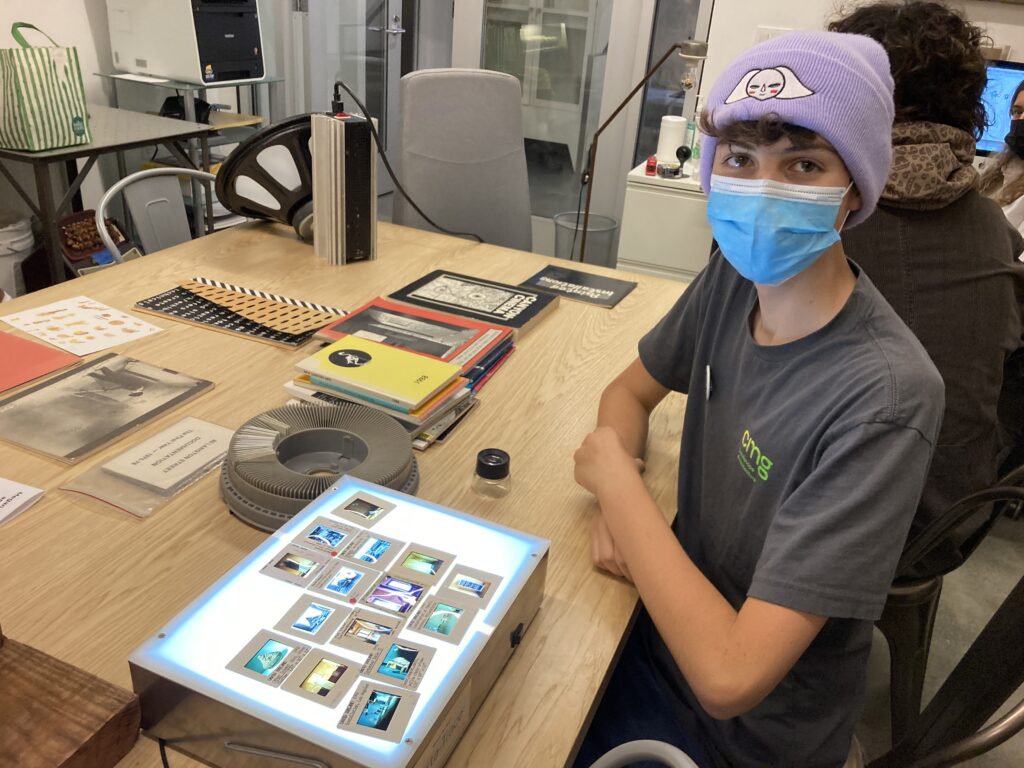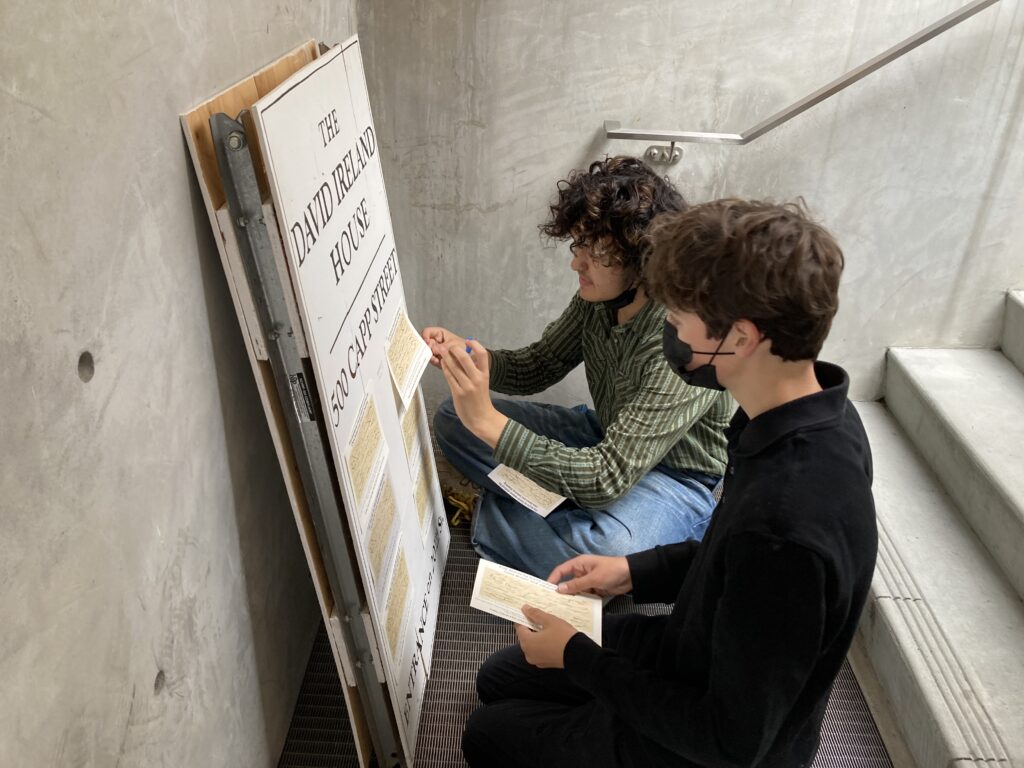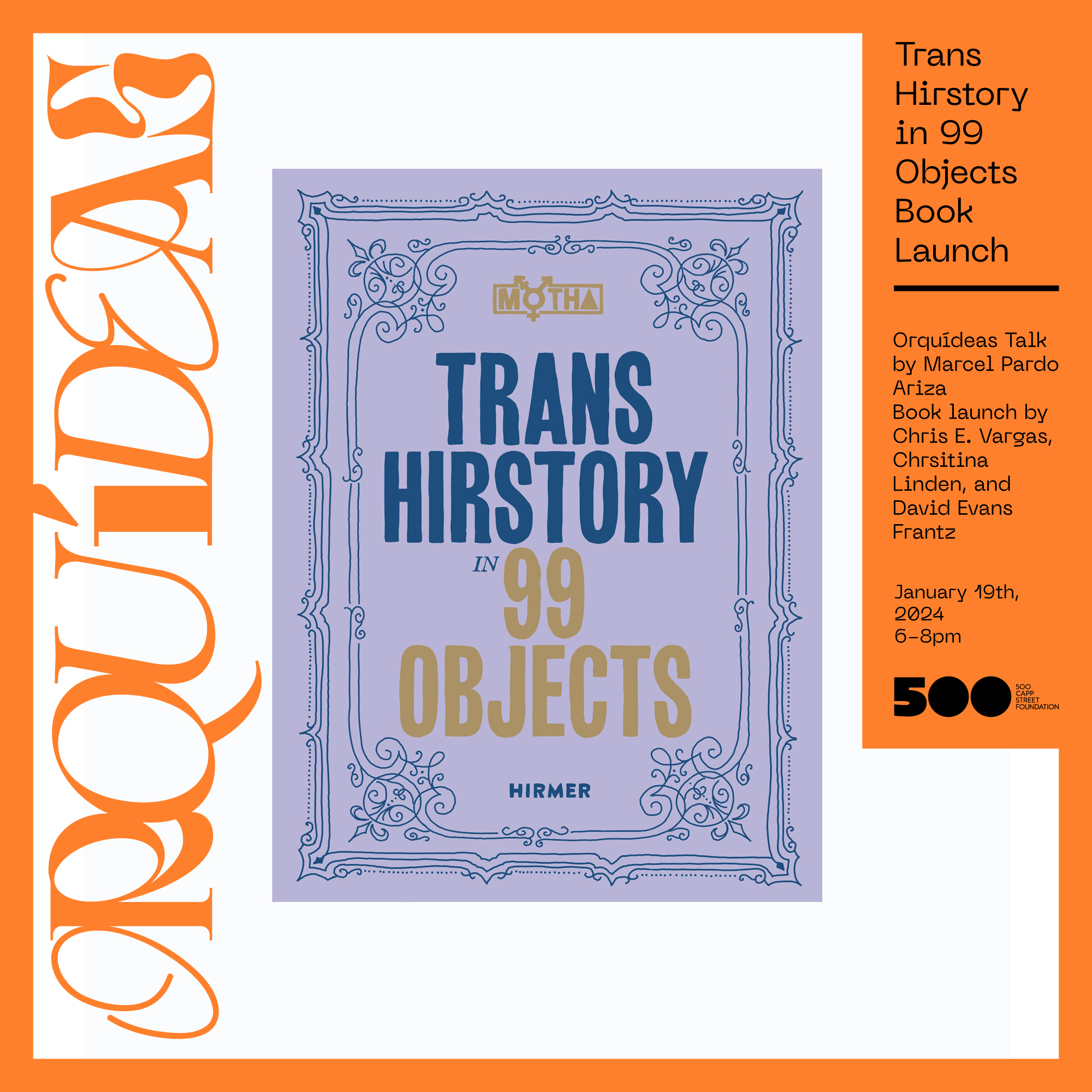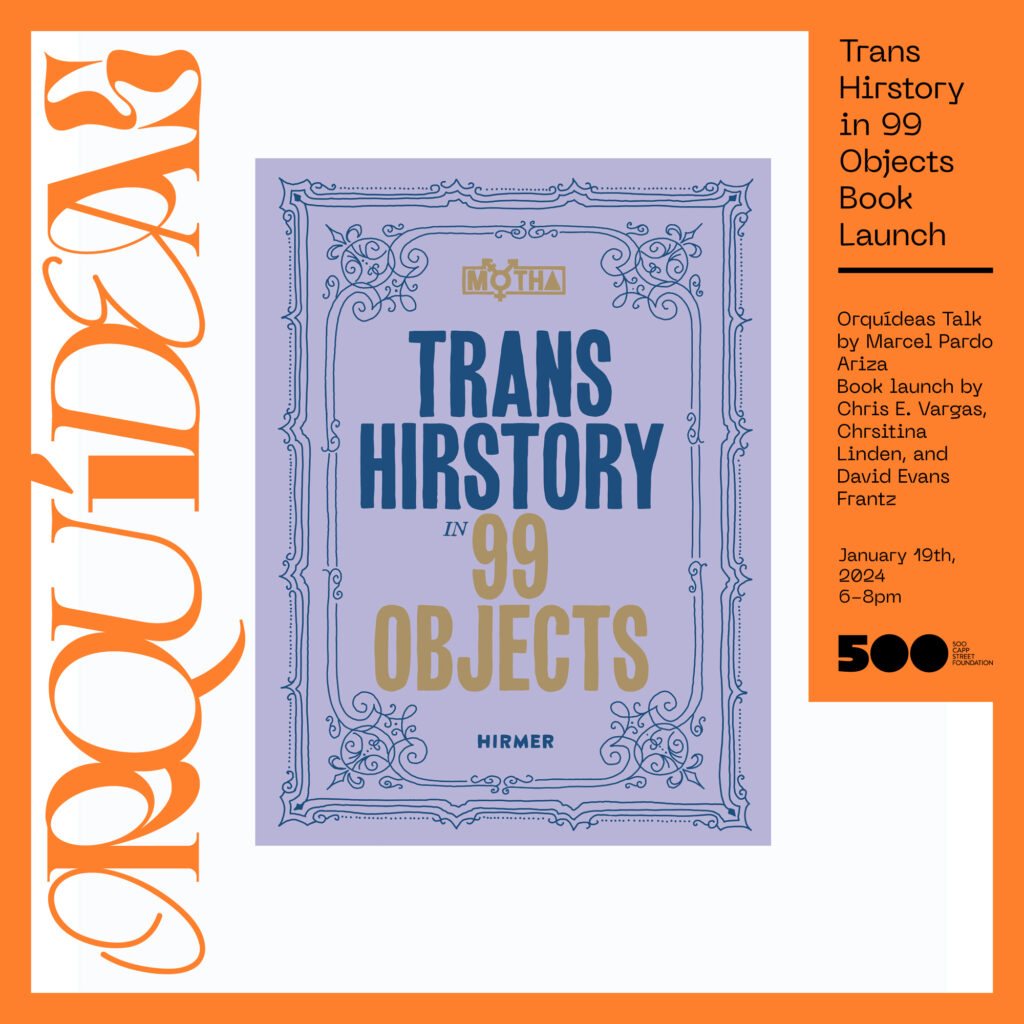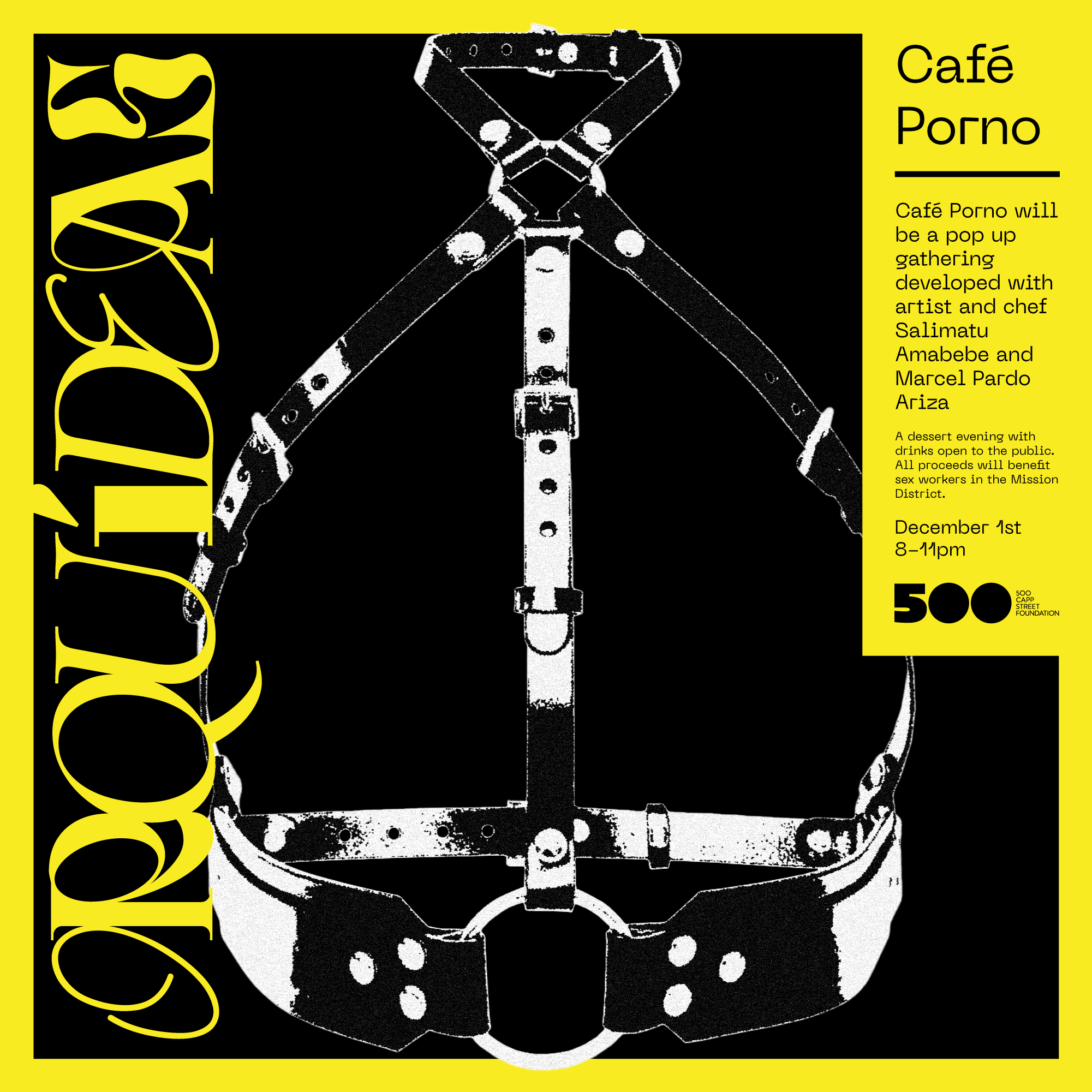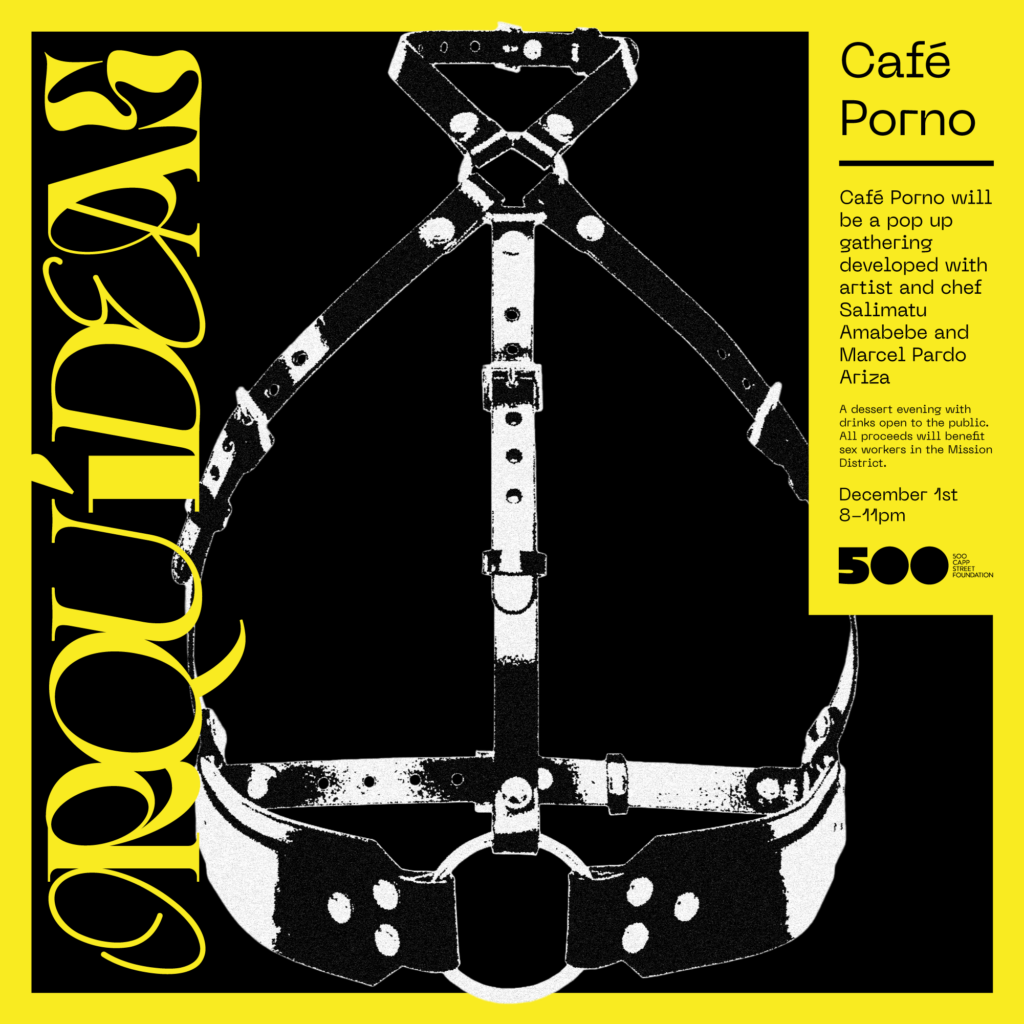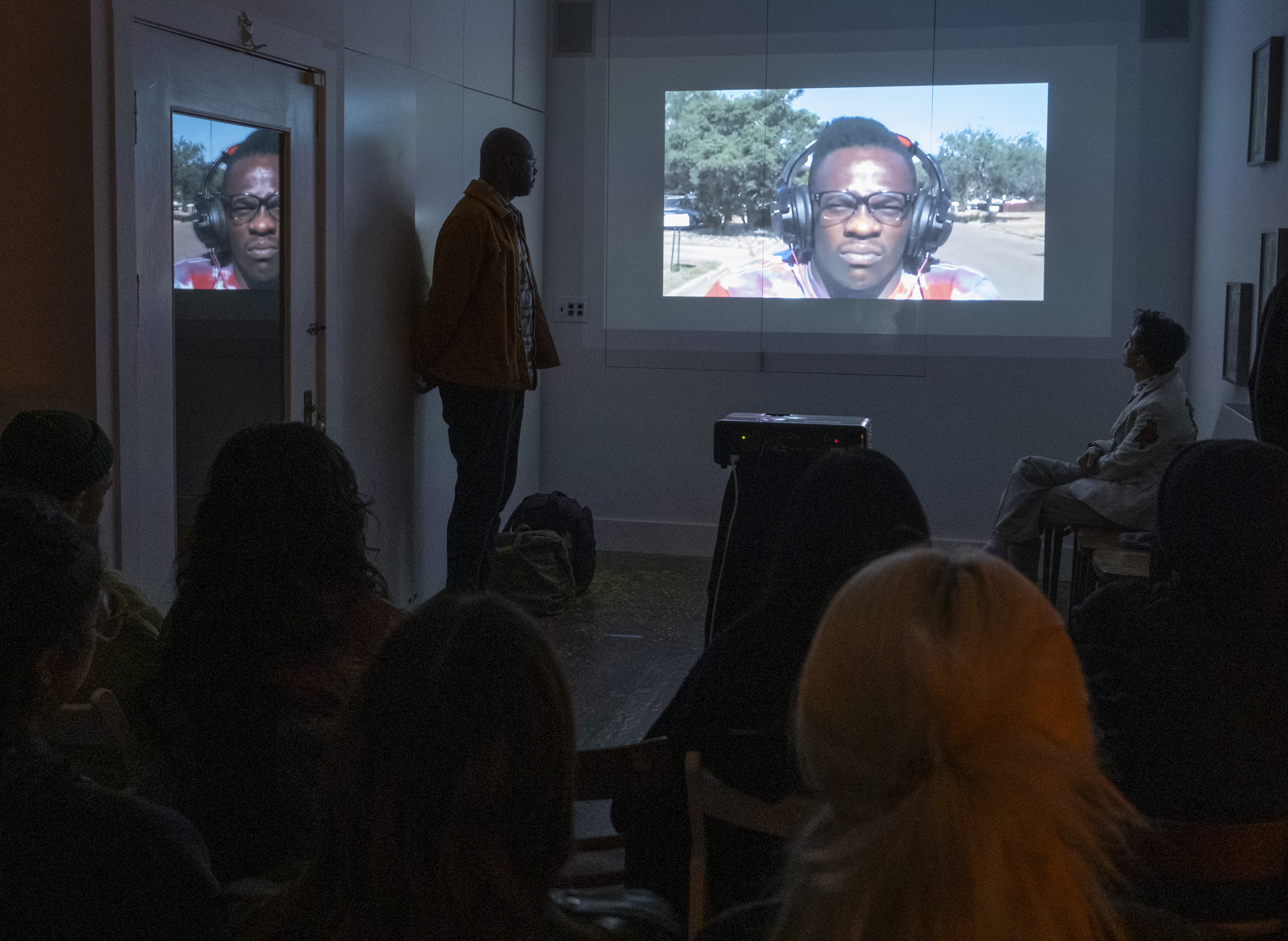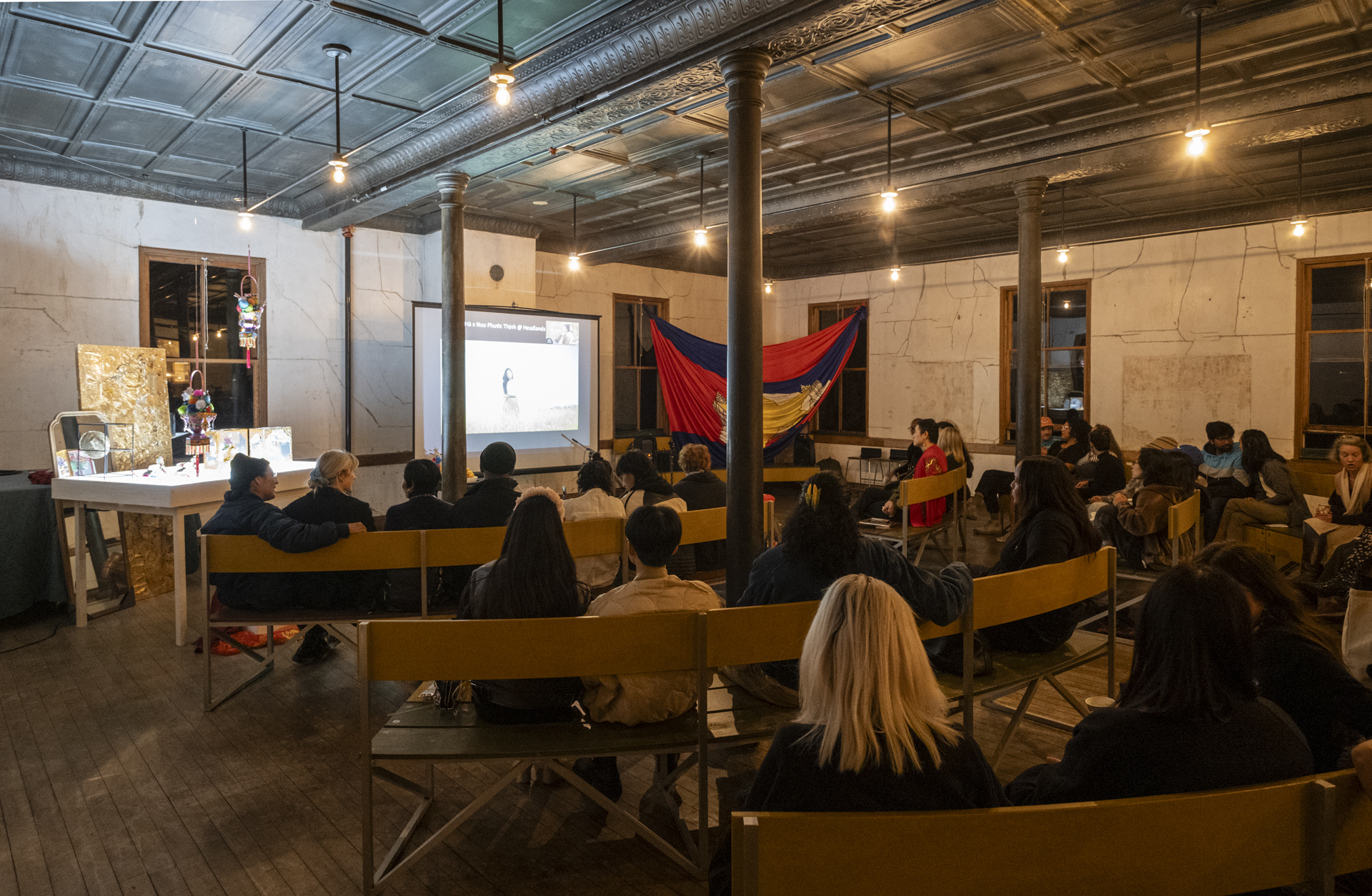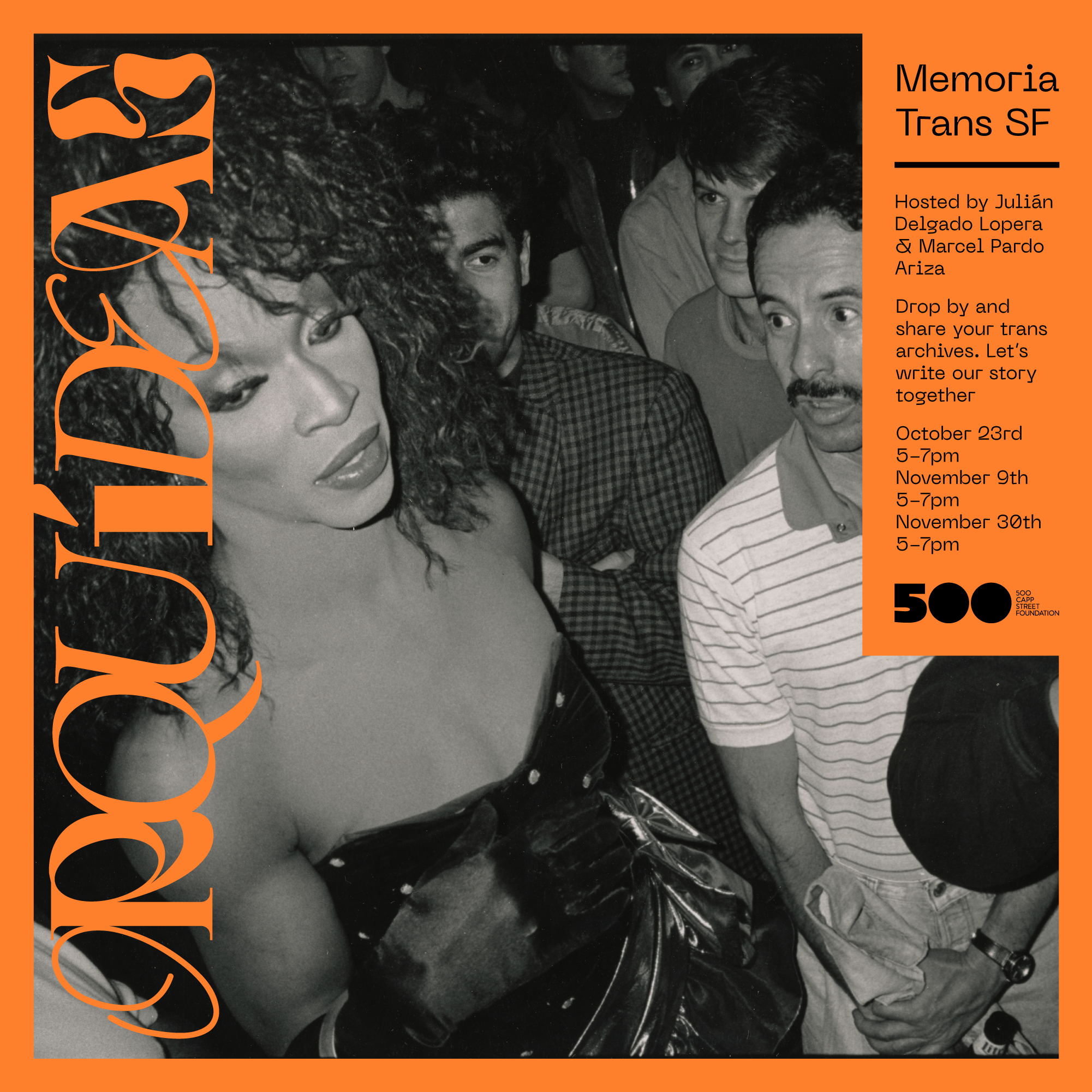Thursday, December 7, 2023,
6-8pm
No One Turned Away For Lack of Funds, for special accommodations, email visit@500cappstreet.org
Straddling artistic mediums and mediumship, these three artists transmute physical and socio-political landscapes, mass media and the mundane. Afrofuturism, Asian indigenous shamanism, and European avant-garde frameworks shift as these artists ask, What does possession mean? There is no death nor dyads: displaced, replaced; ready to wear and readymade. Nhung Đinh is an independent artist, curator, and filmmaker working with queer communities in several countries. Corey Picket’s practice examines the relationships of fear, race, and social systems, which are informed by his upbringing in the Golden Isles of Georgia. Nhật Minh ‘s practice encompasses collaboration and distillation of his connections in Paris, Biên Hoà and in between. Together, their interdisciplinary practice of intimacies intimate between the body and the body politic, the only way out is in. Art talk moderated by Việt Lê as part of 500 Capp Street’s salon series, “Shifting Possessions.”
This “Shifting Possessions” event is a public program of trầnsfiguration, an exhibition curated by Việt Lê at / (Slash).
Artist Bios
Corey Pickett is an interdisciplinary artist living in New Mexico. His practice examines the relationships of fear, race, and social systems, which are informed by his upbringing in the Golden Isles of Georgia. In addition to being a working artist, Pickett is the founder and Director of The Jaye Rock Cultural Center in Clovis, NM. He received his Master of Education in 2008 and his MFA in 2017 from Vermont College of Fine Arts. He has exhibited his work in cities throughout the US and is a recipient of the International Sculpture Center’s 2017 Outstanding Student Achievement in Contemporary Sculpture Award.
Nhung Đinh is an independent artist, curator, and filmmaker working with queer communities in several countries. Most of her projects are collective works that are rooted in her approach to participatory and relational aesthetics in which her roles as facilitator, artist, curator, and organizer are overlapping. She is the founder of Bàn Lộn-Vagina Talks- a public art and education project in Hà Nội, Việt Nam, that consists of performances, workshops, and exhibitions.
Nhật Minh (neé Frédéric Dialynas Sanchez) is a French artist born in 1983. His first solo show took place in Hanoi (2006), where he often travels to develop his researches. Grounded in abstraction field, his work has been shown in the exhibitions «Portrait de l’artiste en motocycliste» and «The artist as a collector» which took place at CNAC of Grenoble (“Le magasin”, 2009), at the museum of fine arts of La Chaux de Fond (2010) at Museum of Contemporary arts of Tucson (MOCA) in Arizona (2010/2011). He took part in exhibitions about globalization and tourism like “Cosmotopia” at “Le Commun” in Geneva (2012) which was for him an opportunity to show other aspects of his work as sculptures related to vietnamese culture or a collection of popular objects found in Vietnamese streets. Curation is also a part of his art process and he created the nomad gallery called “L’Éclair” to propose collective projects (www.l-eclair.fr). His recent solo exhibit was held at VinFast in Paris, as well a two-person exhibit with Joe Fyfe.
Việt Lê is a queer, disabled artist, writer, and curator whose work centers global south sexualities and spiritualities. Lê is the author of Return Engagements (Duke University Press, 2021). The art book White Gaze is a collaboration with Latipa (Sming Sming Books, Candor Arts 2019). Lê has presented their work at Civitella Ranieri, the Shanghai Biennale, among other venues. They co-curated transPOP: Korea Việt Nam Remix (with Yong Soon Min: ARKO, Galerie Quynh, UC Irvine Gallery; YBCA, 2008-09) and the 2012 Kuandu Biennale (Taipei). A 2022-24 Headlands Bay Area Arts Fellow, Lê is an Associate Professor and Chair of Visual & Critical Studies(VCS) at California College of the Arts.
“Shifting Possessions” is an ongoing Salon Series of 500 Capp Street with artist and academic Việt Lê having dialogues and programming on queer(y)ing object collections, geopolitical connections and remediation strategies. Supported by California Humanities and Tieger Foundation.
